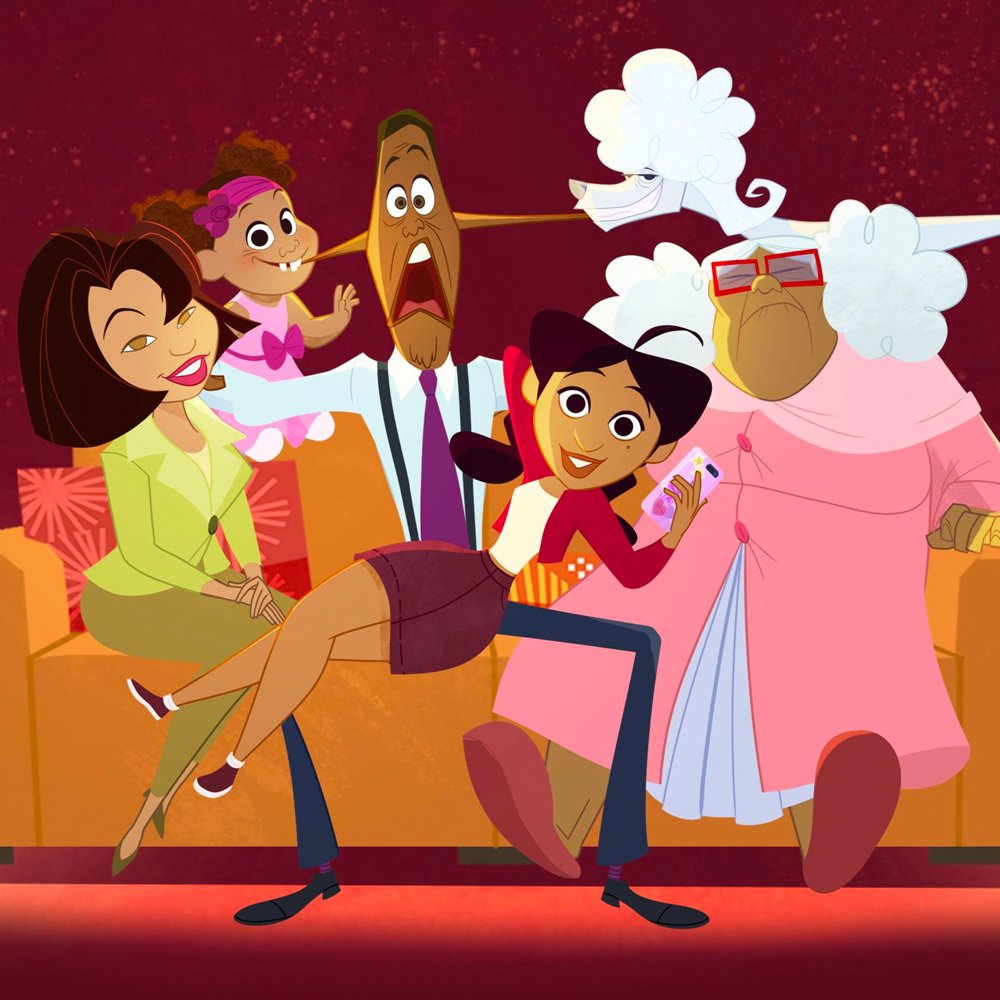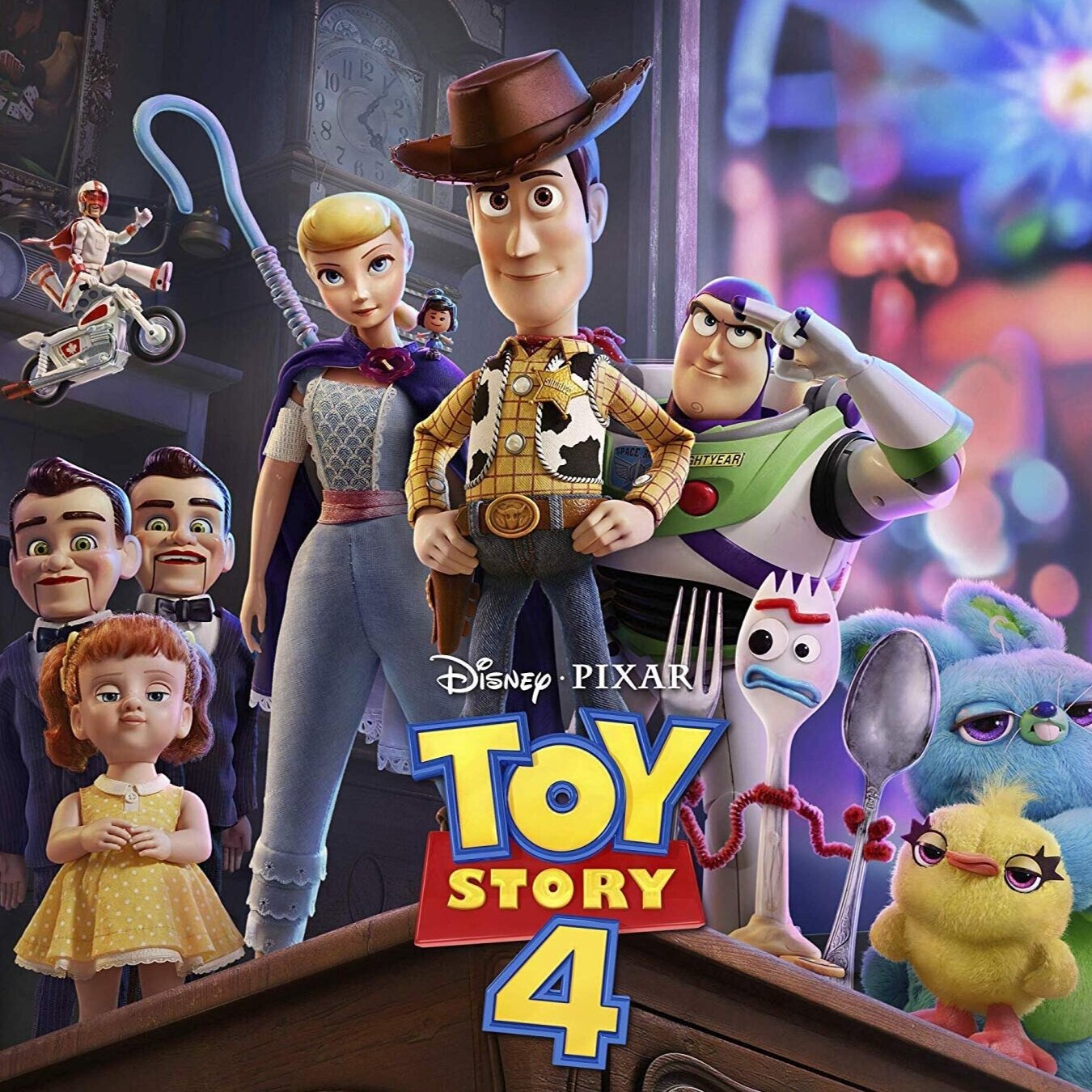Saving Mr. Banks Is Still My Favorite Movie, And Here’s Why
Since its release in 2013, Saving Mr. Banks has remained my favorite movie. When I was in middle school, I didn’t have the language to express what I loved about it. But as I’ve gotten older (and chosen cinema as my course of study!), it has become easier to pinpoint why this movie remains at the top of my list.
Saving Mr. Banks tells the story of P.L. Travers, the author of the original Mary Poppins books, and her collaboration with Walt Disney to create the Mary Poppins movie we all know and love. This process was anything but easy. Travers fought with the screenwriter, the composers, and everyone else on the Disney team about every minute detail in the film, including the use of the color red!
The film interweaves the story of P.L. Travers’s upbringing with her current reality. Through this structure, we are privy to the childhood experiences and traumas that shaped her and led to her every neurotic tendency. We learn about Travers’s alcoholic father, ailing mother, and the mysterious aunt that moved in to save the family from their distress.
Does that last part sound vaguely familiar?
Indeed, it quickly becomes clear that the Mary Poppins characters are reflections of Travers’ family members. As she says in a moment of vulnerability, “The Bankses… they’re family to me.” This helps us understand why Travers has such a hard time letting go of her work’s creative ownership. It’s not just a story—it’s her life.
On a personal level, I relate strongly to P.L. Travers’s attachment to her work. In the most basic sense, I love words. I struggle to cut out sentences from any piece I write, be it a college paper or a feature script. On a deeper level, I, too, strive to write from a place of vulnerability, basing much of what I write on my own experiences. Handing over my work to someone else, even if it’s just for them to read, always feels like giving up my baby. That’s undoubtedly one of P.L. Travers’s struggles, and it makes me feel automatically connected to Saving Mr. Banks.
I also appreciate watching the creative processes depicted in the film—both Travers’s process of creating the Mary Poppins characters and the Disney team’s approach to putting together the movie. I don’t think I’m alone in enjoying these types of stories. My boss at my internship last summer told me that the scripts that rank highest on the Black List—the revered ranking of unproduced Hollywood screenplays—are those that tell stories about inventors or creators. We are drawn to watching the wheels turn in people’s minds. Saving Mr. Banks offers plenty of that intrigue.
Another standout element of Saving Mr. Banks is its cast. Granted, Emma Thompson and Tom Hanks are both veterans of the industry who would offer stellar performances in any role. However, these characters seem tailor-made for them. Emma Thompson shines in witty, slightly dismissive female roles like that of P.L. Travers. Most recently, she played a similarly over-confident Katherine in Late Night. Tom Hanks often plays the caring, compassionate “nice guy,” but while some of my friends complain about the monotony in the roles he plays, I enjoy them every time. In Saving Mr. Banks, Hanks nails the portrayal of Walt Disney, mimicking his every movement to perfection.
Ultimately, Saving Mr. Banks perfectly balances being emotional and contemplative with being whimsical and entertaining. With an intriguing story, a standout cast, and a relatable protagonist, it has every ingredient for a successful film. Each time I watch it, I laugh, cry, reflect, and ultimately, to quote Walt Disney, I “rejoice.” Saving Mr. Banks remains my favorite movie to this day, and if the past seven years have been any indication, it’ll keep that title for many years to come.















